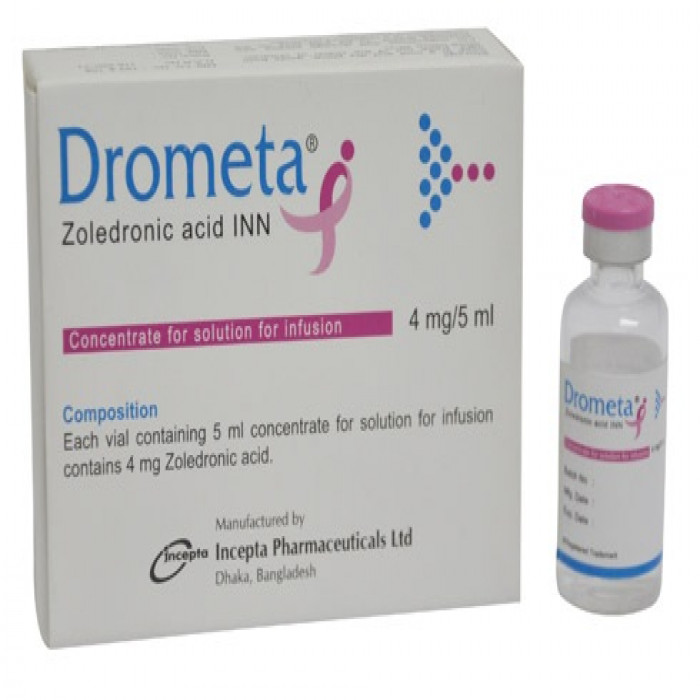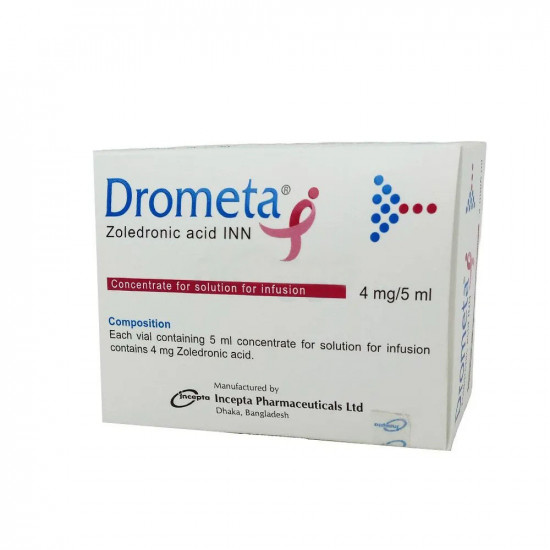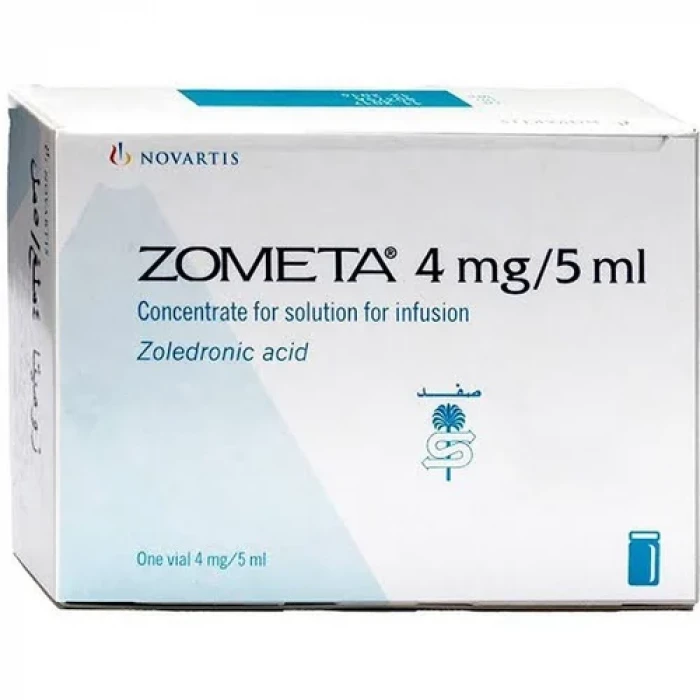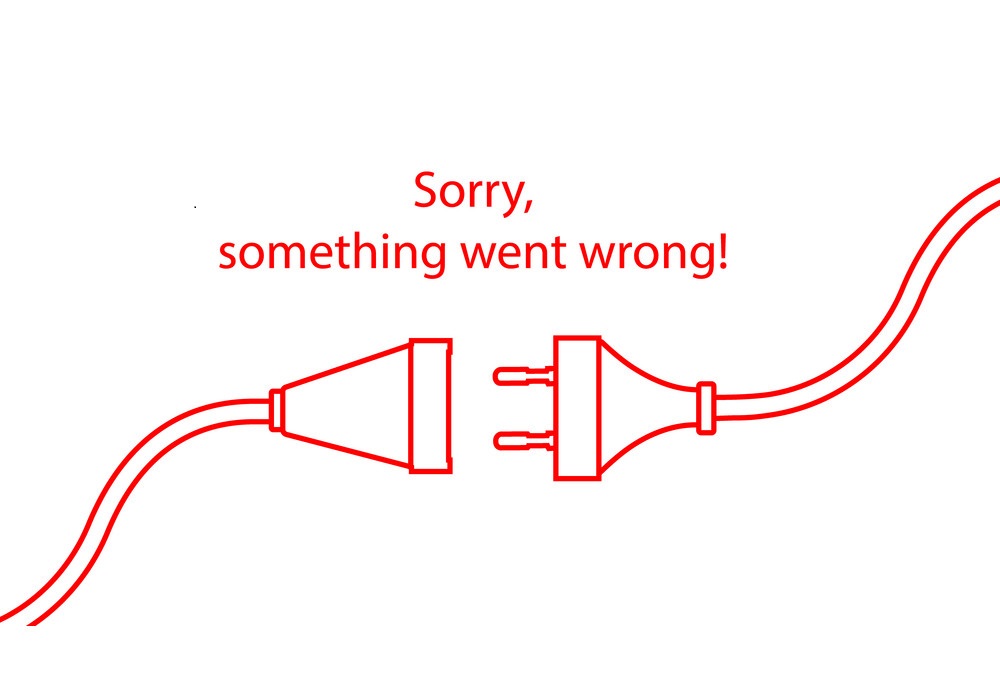

✔ 100% Authentic Product
👁️ Currently Viewing 2097
Drometa 4mg/5ml Infusion
Drometa contains Zoledronic acid, a nitrogen-containing bisphosphonate with potent antiresorptive properties. It acts by inhibiting osteoclast-mediated bone breakdown, a process crucial in conditions like metastases and osteoporosis. Zoledronic acid has a high affinity for bone mineral, allowing it to localize to areas of active bone remodeling.
Its primary mode of action involves inhibition of farnesyl pyrophosphate synthase in the osteoclasts, disrupting the mevalonate pathway essential for osteoclast function. This leads to decreased bone resorption and turnover. Moreover, Zoledronic acid also exhibits antitumor, antiangiogenic, analgesic, cytostatic, and pro-apoptotic effects, and may enhance the efficacy of other chemotherapeutics. It is not metabolized and is eliminated unchanged by the kidneys.
Discount
Price: ৳ 4,900
MRP:
৳
5000
2%
Off

100% Genuine Products, Guaranteed

Safe & Secure Payments, Always

Fast, Secure & Efficient Delivery

Proper Packaging
 Cash on Delivery - All over Bangladesh
Cash on Delivery - All over Bangladesh Regular Delivery - 12-24 Hours, Dhaka City* Charge Tk.39-59
Regular Delivery - 12-24 Hours, Dhaka City* Charge Tk.39-59 Regular Delivery - 24-48 Hours, Other Cities* Charge Tk.99-110
Regular Delivery - 24-48 Hours, Other Cities* Charge Tk.99-110
 ফ্রি ডেলিভারিঃ - ৯৯৯ টাকা+ অর্ডারে, ঢাকা
শহরে
ফ্রি ডেলিভারিঃ - ৯৯৯ টাকা+ অর্ডারে, ঢাকা
শহরে ফ্রি ডেলিভারিঃ - ২৯৯৯ টাকা+ অর্ডারে, ঢাকার
বাহিরে
ফ্রি ডেলিভারিঃ - ২৯৯৯ টাকা+ অর্ডারে, ঢাকার
বাহিরে
100% Genuine Products, Guaranteed
Safe & Secure Payments, Always
Fast, Secure & Efficient Delivery
Proper Packaging
 Cash on Delivery - All over Bangladesh
Cash on Delivery - All over Bangladesh Regular Delivery - 12-24 Hours, Dhaka City* Charge Tk.39-59
Regular Delivery - 12-24 Hours, Dhaka City* Charge Tk.39-59 Regular Delivery - 24-48 Hours, Other Cities* Charge Tk.99-110
Regular Delivery - 24-48 Hours, Other Cities* Charge Tk.99-110 ফ্রি ডেলিভারিঃ - ৯৯৯ টাকা+ অর্ডারে, ঢাকা
শহরে
ফ্রি ডেলিভারিঃ - ৯৯৯ টাকা+ অর্ডারে, ঢাকা
শহরে ফ্রি ডেলিভারিঃ - ২৯৯৯ টাকা+ অর্ডারে, ঢাকার
বাহিরে
ফ্রি ডেলিভারিঃ - ২৯৯৯ টাকা+ অর্ডারে, ঢাকার
বাহিরে
✅ Description:
Drometa is indicated for the management and treatment of various bone-related conditions, particularly where there is excessive bone resorption. Its clinical uses include:
- Hypercalcemia associated with malignancy
- Bone metastases secondary to solid tumors
- Osteolytic lesions in multiple myeloma
- Corticosteroid-induced osteoporosis
- Osteoporosis in postmenopausal women
- Osteoporosis in men with low bone mass
- Paget’s disease of bone
- Prevention of postmenopausal osteoporosis
✔️ Dosage & Administration of Drometa 4mg/5ml Infusion
Hypercalcemia of Malignancy:
Recommended Dose: 4 mg as a single IV infusion over a minimum of 15 minutes.
Retreatment may be considered after 7 days if calcium levels do not normalize.
Multiple Myeloma & Bone Metastases from Solid Tumors:
Dose: 4 mg IV every 3 to 4 weeks.
Supplementation: Patients should take 500 mg of calcium and 400 IU of vitamin D orally every day.
Renal Impairment Dosage Adjustments:
- CrCl > 60 mL/min: 4 mg (5.0 mL)
- CrCl 50–60 mL/min: 3.5 mg (4.4 mL)
- CrCl 40–49 mL/min: 3.3 mg (4.1 mL)
- CrCl 30–39 mL/min: 3.0 mg (3.8 mL)
- CrCl <30 mL/min: Contraindicated
Renal impairment: Avoid use if CrCl <30 mL/min. Use adjusted dose based on renal function for CrCl 30–60 mL/min.
Elderly: No specific dose adjustment, but hydration and renal function monitoring are crucial.
✔️ Adverse Effects of Drometa 4mg/5ml Infusion
Common side effects include:
Headache, nausea, vomiting, anorexia, and fatigue
Flu-like symptoms, fever, bone pain, and muscle aches (myalgia)
Electrolyte imbalances: hypocalcemia, hypophosphatemia, hypomagnesemia
Osteonecrosis of the jaw (ONJ) (rare but serious)
Anemia, constipation, and arthralgia
✔️ Pregnancy & Lactation
Pregnancy Category D: Contraindicated due to potential harm to the fetus.
Not recommended during breastfeeding, as excretion in human milk and effects on the infant are unknown.
✔️ Precautions & Warnings
- Ensure adequate hydration before administering the drug—especially in elderly patients or those on diuretics.
- Monitor renal function closely, especially with prolonged use or in patients with risk factors.
- Serum calcium, phosphate, magnesium, and potassium levels should be regularly monitored.
- Patients with existing mineral imbalance may require correction and supplementation.
- Use with caution in patients with asthma sensitive to aspirin, as bronchoconstriction may occur.
✔️ Preparation & Infusion Guidelines
- Dilution: Dilute the required dose in 100 mL of calcium-free IV fluids (0.9% sodium chloride or 5% dextrose).
- Infusion Time: Administer over no less than 15 minutes.
- If diluted solution is not used immediately, it must be stored at 2–8°C for a maximum of 24 hours. Bring to room temperature before administration.
- Do NOT mix Zoledronic acid with calcium-containing solutions (e.g., Ringer’s lactate).
- Use a separate infusion line for this medication.
✔️ Reconstitution
Reconstitute the dose in 100 mL of 0.9% sodium chloride or 5% dextrose.
Infuse over 15 minutes using a separate IV line.
✔️ Contraindications
Known hypersensitivity to Zoledronic acid, other bisphosphonates, or excipients.
- Severe renal impairment (CrCl <30 mL/min).
- Pregnant or breastfeeding women.
Pediatric use (under 18 years) is not recommended.
✔️ Drug Interactions
Aminoglycosides may synergistically increase the risk of prolonged hypocalcemia.
Loop diuretics can exacerbate the risk of hypocalcemia.
Thalidomide may increase the risk of renal toxicity when used with Zoledronic acid.
Exercise caution when combined with other nephrotoxic agents.
✔️ Storage
- Store the vial below 30°C before opening.
- Protect from light and moisture.
- After dilution, use immediately or store at 2–8°C for up to 24 hours.
- Keep out of reach of children.
⚠️Disclaimer:
At ePharma, we’re committed to providing accurate and accessible health information. However, all content is intended for informational purposes only and should not replace medical advice from a qualified physician. Please consult your healthcare provider for personalized guidance. We aim to support, not substitute, the doctor-patient relationship.




![Zoldix (5mg/100ml) IV Infusion | [For osteoporosis] Zoldix (5mg/100ml) IV Infusion | [For osteoporosis]](https://epharma.com.bd/storage/app/public/Wdav8PjiromUvNyAGyvpVMv2rHibQoLPpkBVm3M2.webp)



